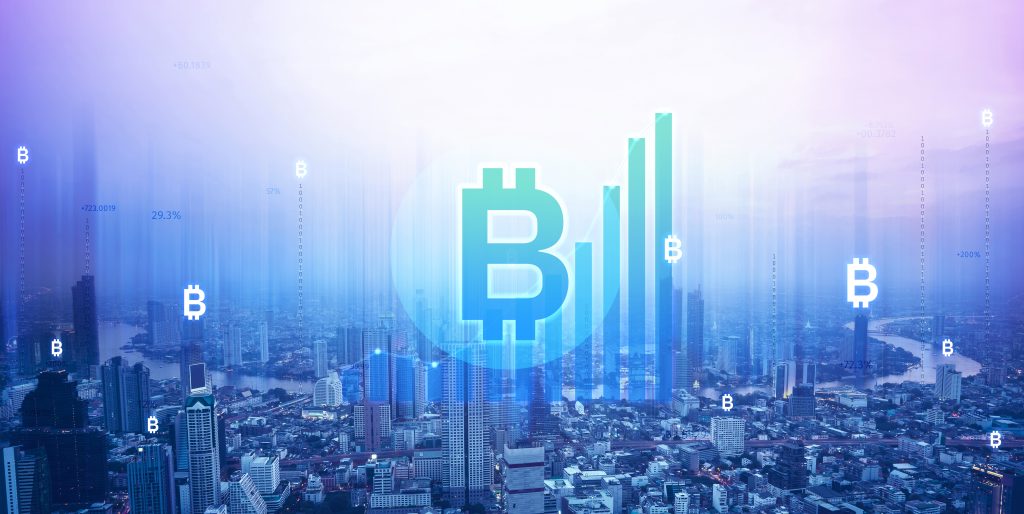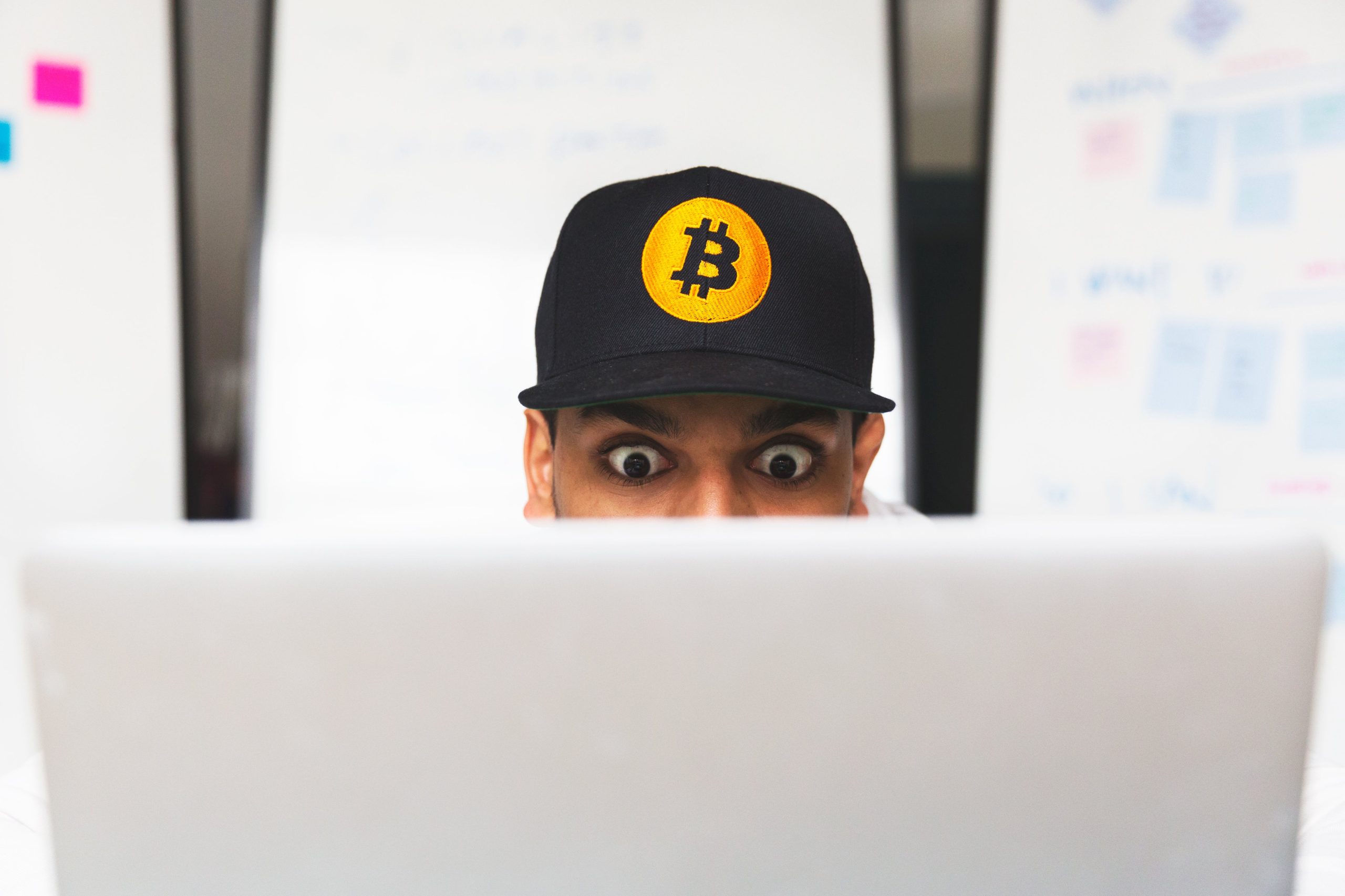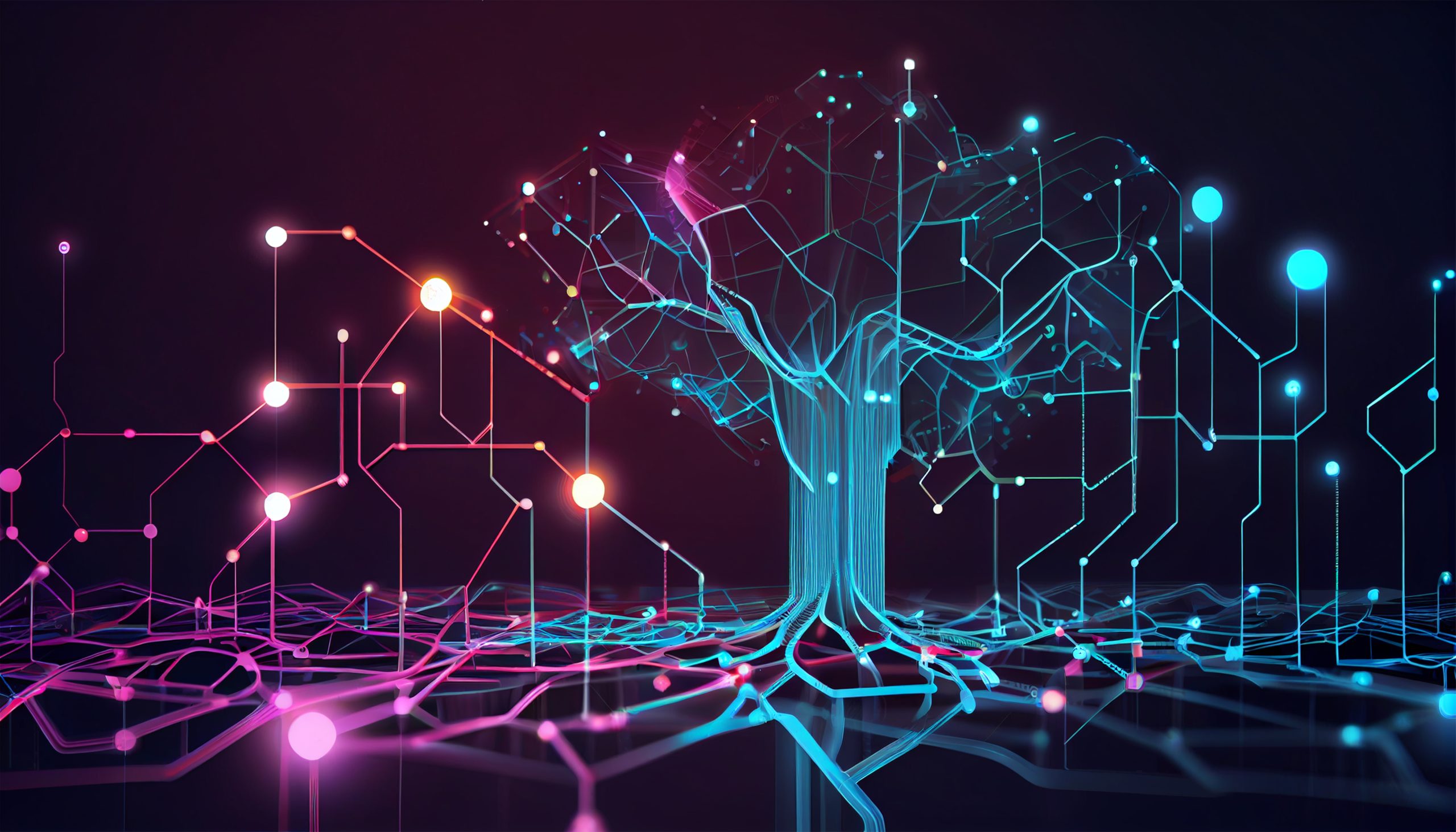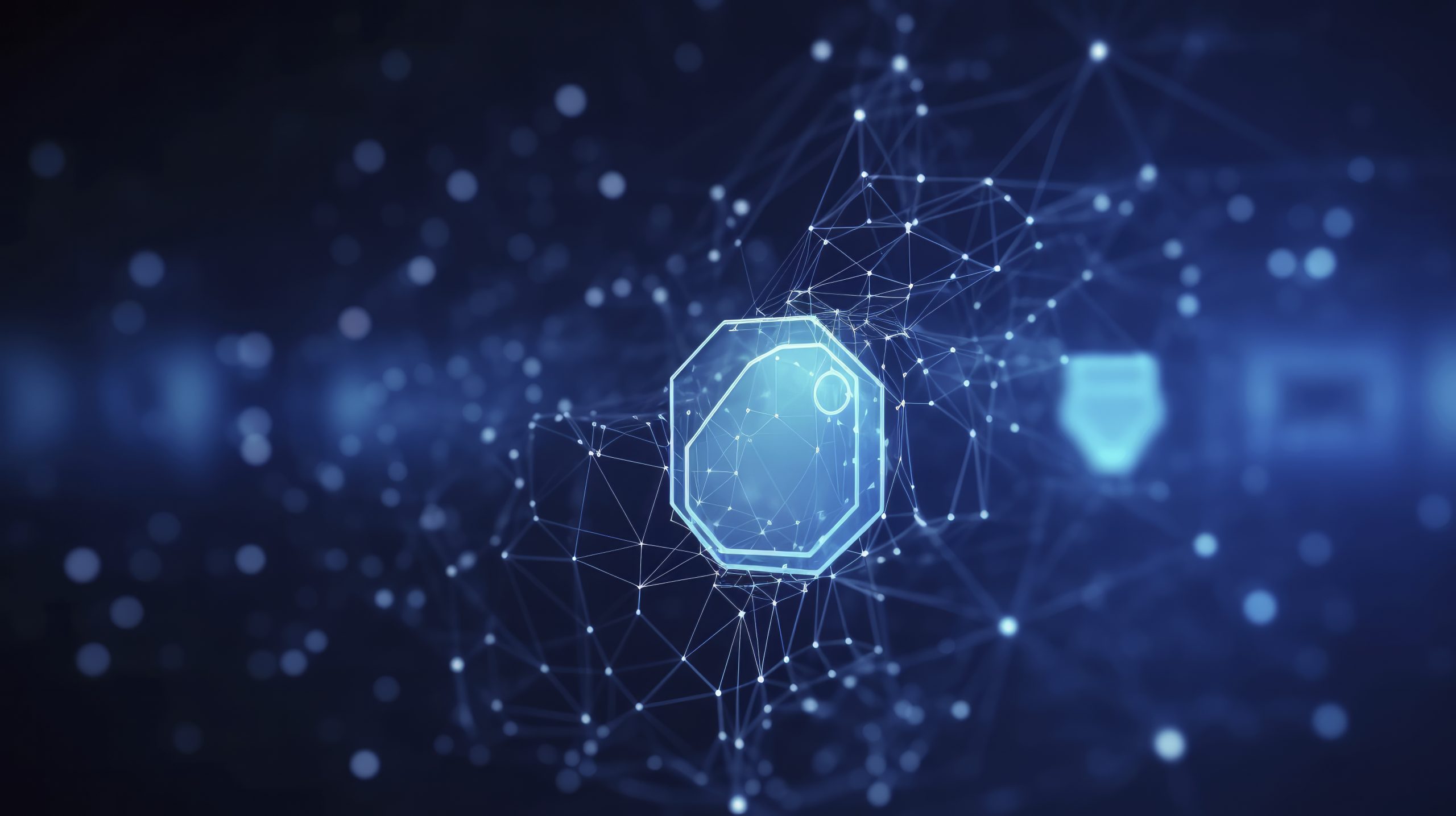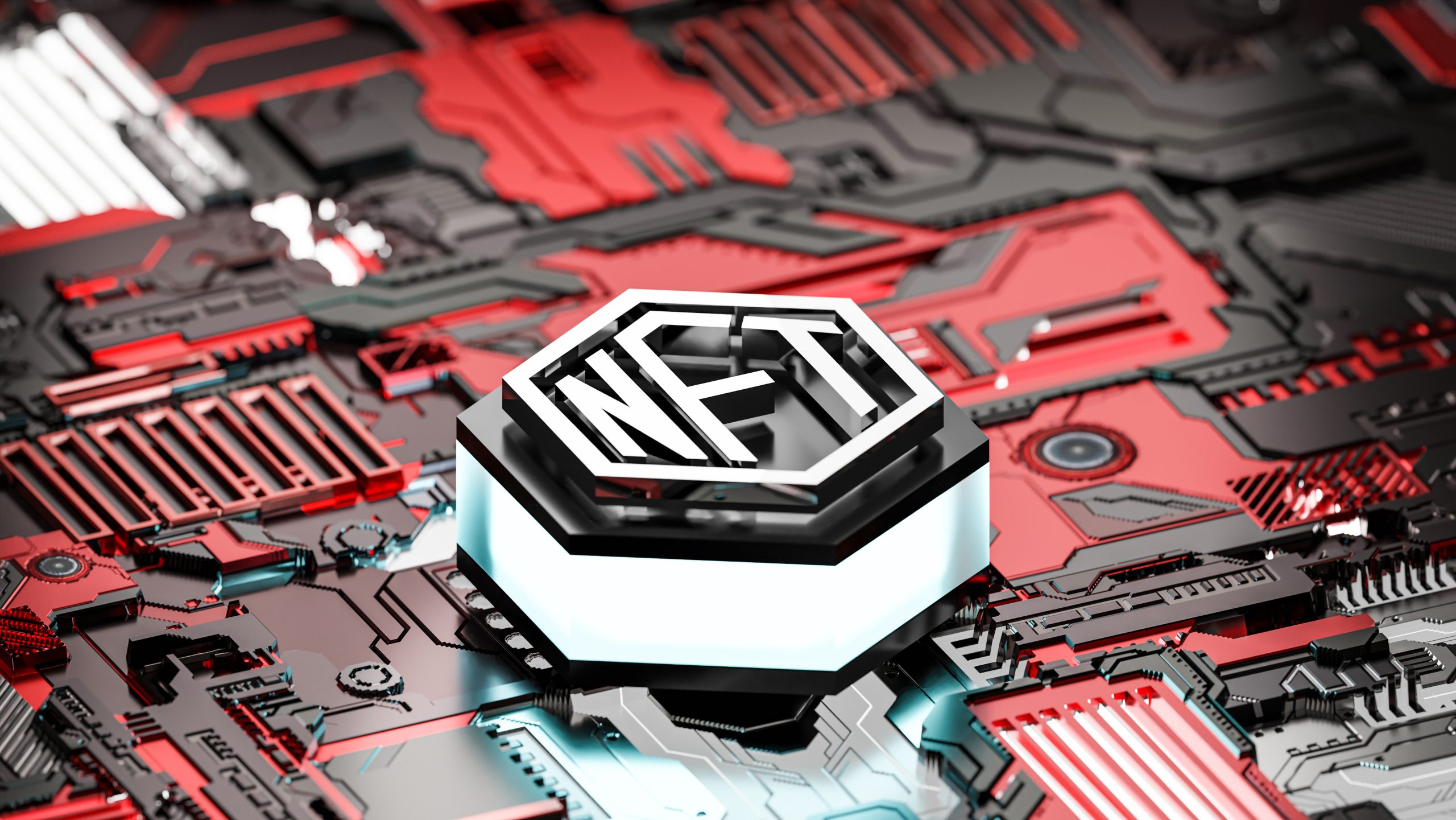What is Bitcoin Mining and How Does It Work?
Bitcoin mining is an integral activity that takes place in the Bitcoin network and facilitates the introduction of new Bitcoins into the economy. Mining goes beyond the creation of new Bitcoins, as it includes the validation of transactions and the extension of the blockchain with new blocks, all done in a decentralized manner that guarantees security within the network. As new blocks are constantly being generated and transactions are being validated, mining is the reason why the Bitcoin network is in proper working order.
In the Bitcoin system, the transactions are verified by the miners who use special processors to crack codes. The efforts of the miners are compensated with fresh Bitcoins that have been created. Instead of spending money, miners ‘spend’ the processing capacity of their computers. Still, mining is a very complex and power-consuming activity and receives such criticism mostly because of its negative effects on the environment.
How Does Bitcoin Mining Work?
Just as the gold miners’ operational tools are picks and shovels, some of the very basic requirements of a Bitcoin miner are mining hardware and electric power. These miners are individuals or entities that provide their processing capacity into the proof of work (PoW) based on Bitcoin system.
Mining is a form of gaming which requires the reverse of understanding complex problems. The tokens miners have help pool and segregate a set of transactions done after every ten minutes and put them into blocks. After that, this amount of machinery attempts to resolve a Herculean task which is a riddle presented using mathematics. The person who solves the puzzle first verifies the transactions and incorporates the new block into the existing chain.
This is done according to the following steps: After a number of transactions have been initiated some of the block generation process is started. Most of the transaction information is placed in the block, and when the block closing occurs, a hash is being created – a coded word which incorporates the transactional data. Every fresh block is appended with some part of the previous block making a mantel which is quite difficult to alter. This structure makes it impossible to spend the same Bitcoin more than once. In those PoW currencies, there is always this confirmation that the miner has indeed used energy wasting raw materials for mining that further proves the answer is not a hoax.
The only miner winning the game is the one who gets to answer the question put forth first. The successful answer is distributed throughout the network and received by the remaining nodes with the task of checking it. If the answer is found to be the case, then a new structure in the form of a block will hence build upon the previous one in the self-same cycle and existence.
Block Rewards
More and more Bitcoin mining takes place as further bitcoins are mined, making the puzzles become harder to solve and thus requiring miners to use more resources while maintaining the same rewards level. In cryptography, every miner’s primary objective is to crack the code first. The ever elusive block reward, the one which was paid out to the miner that succeeded and who created new coins.
This block reward reduces to every 210,000 blocks in an occurrence referred to as the bitcoin halving. The next big halving is anticipated to take place in April 2024, an event that investors have been keeping track of backwards in a count down. Block rewards present members with an attractive opportunity to assist the system and help maintain its efficiency. If this mechanism of tangential gratification and avowal was not present, the current perception of this new concept – ‘blockchain’ could not exist at all.
Mining and Network Security
This process of solving nightmares further helps in protecting the bitcoin network from external aggressions. For example, if a person were to try to perform a double spend on the bitcoin network, this person would have to have 51% of the bitcoin network which is termed as a “51% attack”. But a person would have to spend a whole lot of money and the chances of this succeeding are slim since it becomes harder to change the validated old transactions as time goes by.
Mining Difficulty
In cryptocurrency transactions, the mining difficulty is essentially a measure of the computational / mathematical problems that miners undertake when they try to generate new blocks. Dedicating more miners means increased and automatic concentration of that power. It is through the easier this process is carried out that the creation of blocks is utilized to approximation every 10 minutes.
How Many Bitcoins Can Be Mined?
There is a hard coded restriction that no more than 21 million tokens can ever exist under the Bitcoin protocol. With this sort of excess limitations, an explanation regarding to why Bitcoins will not depreciate or crash could be rich. When the last Bitcoin ever is found, there will no longer be paradigm shifts created by ‘mining’ coins; miners will simply earn a fraction of the commissions charged for using the network.
As of April 2023, around 19 million Bitcoins have been mined, and it is estimated that the last Bitcoin will probably be found at the approximate year 2140.
What is a Pre-mined Cryptocurrency?
While Bitcoin fosters the emergence of new coins into circulation through the process of mining, other coins like Ripple, Cardano, Stellar among others are already mined. This means that some of the coins are formed long before the commencement of the project. Normally a percentage of these generated coins are given out to early-stage investors, creators or team members as a reward for their contribution.
Mining Pools
In order to enhance their likelihood of receiving block rewards, certain miners form groups and contribute their resources in mining pools. Such kinds of groups, which require more than one miner to have the blocks solved, raise their probability of solving blocks and getting rewards by combining their computational resources. The distribution of block rewards is proportionate to the percentage of each member’s computing capacity that they use to contribute. The more computing capacity one uses, the bigger their cut of the reward.
